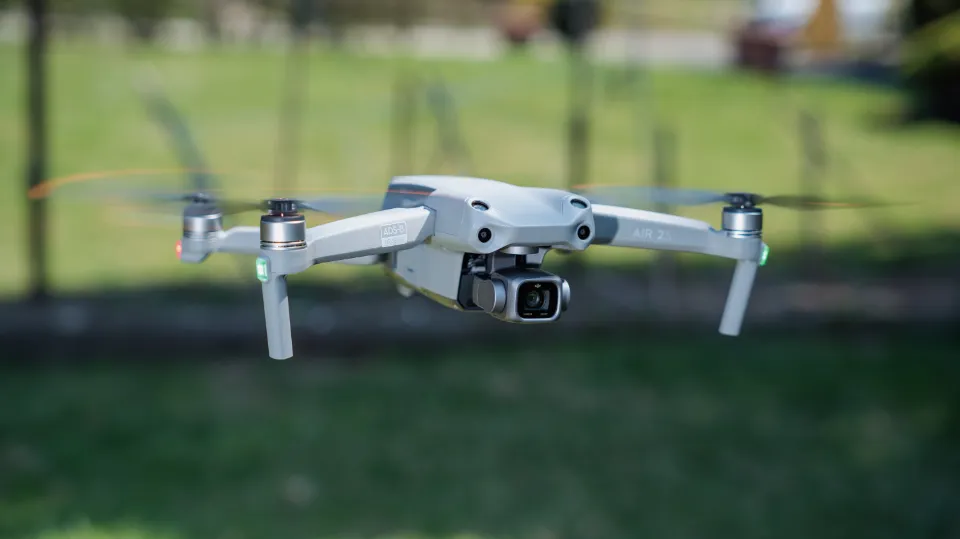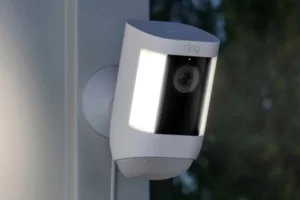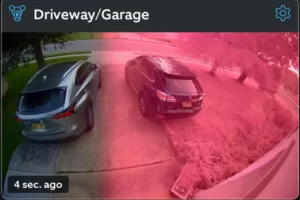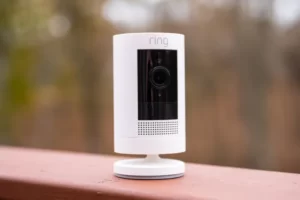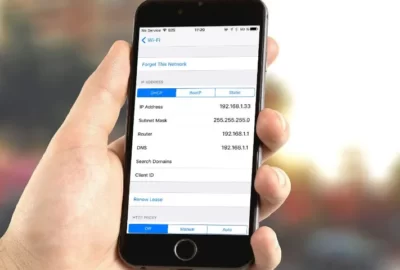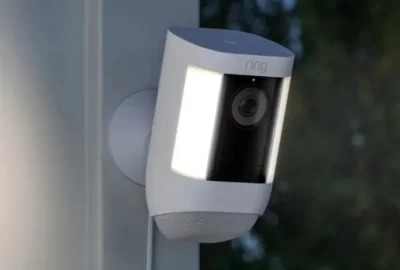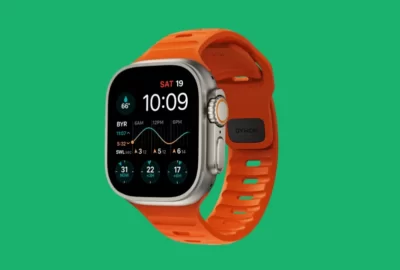Do All Drones Have Cameras? Things to Know
A growing number of new people are considering buying a drone as their popularity grows. But do all drones have cameras?
The fact is that most drones have cameras attached to them, to either transmit a live feed to the controller that the pilot is holding or record that same feed to be accessed at a later stage.
If you love taking pictures and want a drone, then I have all the data you require right here.
Do All Drones Have Cameras?
No, not all drones come equipped with cameras. Despite the fact that the majority of consumer drones on the market today do come with cameras, there are still many different kinds of drones that don’t.
For example, some delivery drones are designed to transport packages or medical supplies and do not require a camera to complete their task. Similar to civilian drones, military drones may not always need cameras in order to carry out their mission. Instead, they may be used for surveillance or other strategic purposes.
Drones with cameras are however becoming more and more popular due to their adaptability and the range of uses they can be put to.
Users of drones equipped with cameras may take breathtaking aerial pictures and films, conduct inspections in challenging locations, and watch expansive regions for security reasons.
Ultimately, the user’s specific needs and requirements will determine whether to use a drone with or without a camera.
Drones with cameras are invaluable for various businesses and applications, even if some may not require one. It’s because they can shoot stunning photos and movies from unorthodox perspectives.
Read More:
- Do All ATMs Have Cameras?
- Are There Cameras In Bathrooms?
- Do Garbage Trucks Have Cameras?
- Are There Cameras in Hotel Rooms?
- Do Rental Cars Have Hidden Cameras?
- Do All Traffic Lights Have Cameras?
- Are There Cameras in Hospital Rooms?
Types of Drones With Cameras
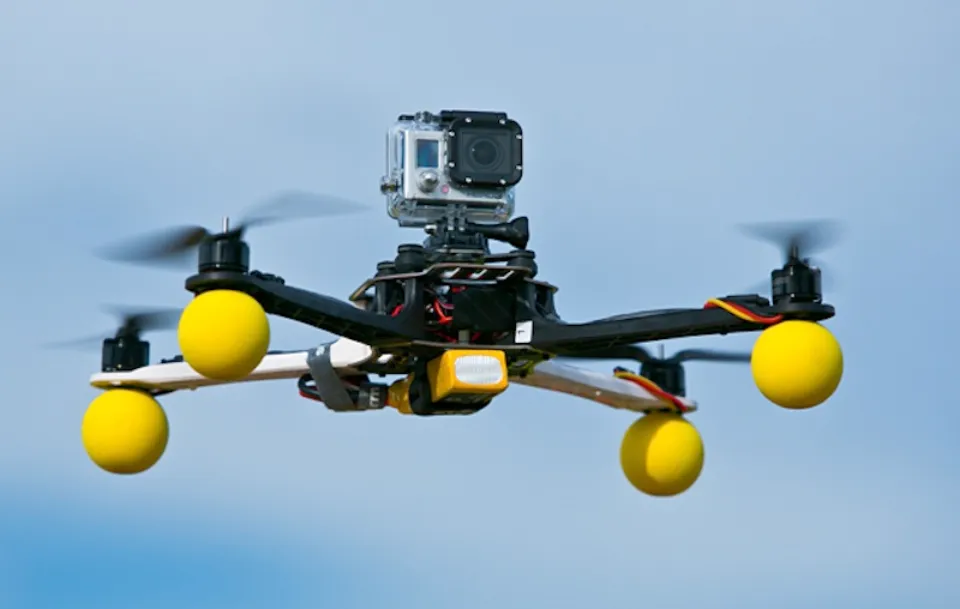
Drones of various sizes and shapes have various cameras and capabilities. Some of the most well-liked drones with cameras are listed below:
- Consumer camera drones: These drones have in-built cameras to take excellent still images and videos and are made for personal use. They are excellent for filming aerial shots of scenery, occasions, and other things.
- Professional camera drones: Professional cameras are typically more expensive, have better cameras, and more sophisticated features. When they need top-notch aerial footage, filmmakers, photographers, and other experts use them.
- Inspection drones: Drones used for inspection can reach places like rooftops, power lines, and bridges. They have cameras that let users view and examine the structures from various perspectives.
- Surveying drones: Drones used for surveying are also mapped and used for land surveying. They are equipped with cameras that produce 3D maps of the area by taking detailed images of the terrain.
- Security drones: Large areas like airports, borders, and commercial buildings are monitored by security drones. They have cameras that record real-time video feeds and notify operators when there are potential threats or intrusions.
- Racing drones with cameras: Racing drones with cameras are made for high-speed flying and maneuvering, just like racing drones without cameras. They include cameras that let viewers watch and record the race from the drone’s point of view.
Types of Drones Without Cameras
Others don’t, despite the fact that many consumer drones have cameras. Many of the most well-liked drones without cameras are listed below:
- Racing drones: Racing drones are made for maneuvering and flying at high speeds. Due to the fact that racing does not require them, they typically do not have cameras installed.
- Delivery drones: They do not require a camera to function because, as was already mentioned, they are used to transport packages or medical supplies.
- Agricultural drones: Drones for agriculture are used for mapping, spraying pesticides or fertilizers, and crop monitoring. Because they have other sensors and tools, they frequently do not need a camera.
- Military drones: Drones are employed by the military for strategic purposes and for surveillance. Since they are built to function in hostile environments where cameras may be useless, they may not always need one to complete their mission.
- Toy drones: Toy drones are frequently created primarily for entertainment and for indoor use. They might not have cameras because they aren’t made for professional photography or videography.
Advantages of Drones With Cameras
Drones with cameras have become increasingly popular due to their many advantages over traditional photography and videography methods. Here are some of the critical advantages of drones with cameras:
- Aerial perspective: Unobtainable with conventional photography or videography techniques, drones with cameras offer a distinctive aerial perspective. They are able to take stunning aerial photographs of locations, occasions, and other things from various perspectives and heights.
- Accessibility: Drones can access places that are difficult or hazardous for humans to access using cameras. They are therefore perfect for jobs requiring access to high or far-off places, like inspections, surveys, and other jobs.
- Versatility: Drones can be equipped with cameras for a variety of tasks, including inspection, surveying, and photography and videography. In addition, they are used for delivery, security, and search and rescue operations.
- Cost-effectiveness: Traditional aerial photography techniques are frequently more expensive than drones with cameras. They can be used in many different applications and require less personnel and resources to run.
- Real-time monitoring: For security reasons or to keep an eye on natural disasters, drones with cameras can monitor vast areas. Additionally, they have the capacity to record live occasions and live-stream them to viewers.
- High-quality footage: Drones are equipped with high-resolution cameras that can take clear pictures and videos. In order to produce high-quality video, they can also be fitted with sophisticated features like zoom lenses and image stabilization.
Limitations of Drones With Cameras
Aside from their many benefits, drones with cameras also have some drawbacks that need to be taken into account. Here are some of the critical limitations of drones with cameras:
- Regulations: Drone use is heavily regulated by local and federal authorities. Regulations governing flight altitude, airspace restrictions, and safety standards must be followed by users. Penalties and fines may be assessed for violations of these rules.
- Weather conditions: Strong winds, a lot of rain, and cold temperatures can all be dangerous for drones with cameras. Drone damage or low-quality video could result from flying in bad weather.
- Battery life: A typical drone’s battery life is between 15 and 30 minutes. It may restrict how long a drone can stay in the air and how far it can travel.
- Privacy concerns: Drones equipped with cameras can cause privacy issues, especially if they are used to illegally record footage of people or private property. Legal problems and a bad reputation among the general public may result.
- Limited payload capacity: The amount of additional gear or accessories that can be carried by drones with cameras may be constrained by their limited payload capacity. It might restrict their use in certain situations where more tools are needed.
- Complexity: Camera-equipped drones can be challenging, especially for new users. For the drone to be operated safely and effectively, users must be knowledgeable about drone technology, camera settings, and flight laws.
While drones with cameras offer numerous benefits, they also have some limitations that must be considered.
Users must adhere to rules and safety specifications because of these restrictions, which may affect how the drone is used in particular situations.
For drone operation to be safe and efficient, it is crucial to comprehend these limitations.
How Much Does a Drone With a Camera Cost?
Drones with cameras have a variety of price ranges. A camera drone can cost more than $1,000 and starts at around $50 for the less expensive models.
Be ready to spend between a few hundred and a few thousand dollars on a professional camera drone with a high-quality integrated camera, depending on the features you require.
The best models to look for if you’re just starting out with drone photography are probably those that cost less than $200.
This will give you a wide range of options and prevent you from purchasing items that will break after only a few uses.
Conclusion: Do All Drones Have Cameras
Finally, there is a clear reason why the use of drones equipped with cameras has increased recently.
They can be used for a variety of tasks, including aerial photography, videography, surveillance, and inspection, and they have a number of advantages.
As we’ve seen, there are various drone types, each with unique benefits and limitations.
When selecting a drone with a camera, it is crucial to think about your unique goals, preferences, and spending limit.
FAQs
How Does a Drone Camera Work?
Common cameras that have been scaled down to fit on a drone are simply regular cameras.
What is the Use of Drone Camera?
Drone cameras are used to do aerial photography.
What to Do If a Drone is Spying on You?
You should contact the police or the FAA if you believe a drone is spying on you.

